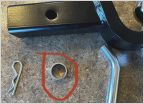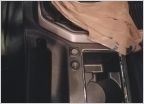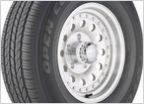-
Welcome to Tacoma World!
You are currently viewing as a guest! To get full-access, you need to register for a FREE account.
As a registered member, you’ll be able to:- Participate in all Tacoma discussion topics
- Communicate privately with other Tacoma owners from around the world
- Post your own photos in our Members Gallery
- Access all special features of the site
Bilstein 5100's w/ Springs?
Discussion in '3rd Gen. Tacomas (2016-2023)' started by TheZara, Oct 9, 2024.
Page 4 of 4
Page 4 of 4


 Extra metal piece with ball mount
Extra metal piece with ball mount Finally completed ditch light install and I love them!
Finally completed ditch light install and I love them! Mixing Oil Grades
Mixing Oil Grades The first ding
The first ding Tire advice
Tire advice Bed Bars and Yakima Basket
Bed Bars and Yakima Basket